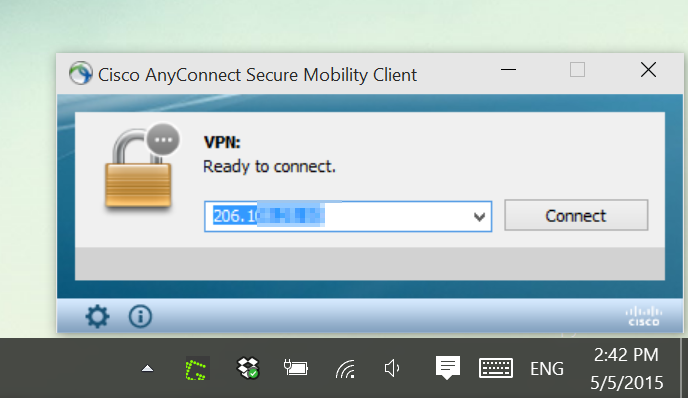
Once SSH is running and enabled, make sure to copy your SSH key to this machine (for SSH key authentication), from any/all machine(s) you plan on using to gain remote access. Out of the box, the SSH daemon might not be running, so start and enable it with the following commands: Configure SSHīefore you do this, make sure that you can SSH into the Fedora machine. Once you successfully scan the QR code and save the recovery codes, you’ll be asked three more questions (again, answer yes to each). You will also be provided with a list of secret codes, which you will need to copy and save in a secret, secure location.

The app will then display a QR code, which you will need to scan into Authy (on your mobile device). You will be asked the following questions (answer yes to each):ĭo you want authentication tokens to be time-based (y/n) yĭo you want me to update your "/home/user/.google_authenticator" file (y/n)? y Once that installation completes, run the tool with the command: Sudo dnf install google-authenticator nano -y Open a terminal window and issue the following command: The first step is to install the Google Authenticator. Should something go awry, you want to be able to log into the machine directly, so you can troubleshoot the issue. A third-party authenticator app (such as Authy) on your mobile device.īefore you get into this, I highly recommend this set up is done when you have physical access to the Fedora machine in question.To make this work, you need the following: SEE: Information security policy template download (Tech Pro Research) What you need I want to walk you through the steps of doing just that, so you can enjoy more security with your Fedora desktops and servers. One way to better lock that down is by enabling two-factor authentication for SSH. How to secure your email via encryption, password management and more (TechRepublic Premium) Meet the most comprehensive portable cybersecurity device Why? Because SSH is the primary means of remotely logging into a server, and the last thing you want is to leave that service open for attacks. Whether you use Fedora Linux for a desktop or server, you should consider enabling two-factor authentication for Secure Shell (SSH) login. How to enable two-factor authentication for SSH in Fedora LinuxĪny machine that allows SSH login would benefit from the addition of two-factor authentication.


 0 kommentar(er)
0 kommentar(er)
